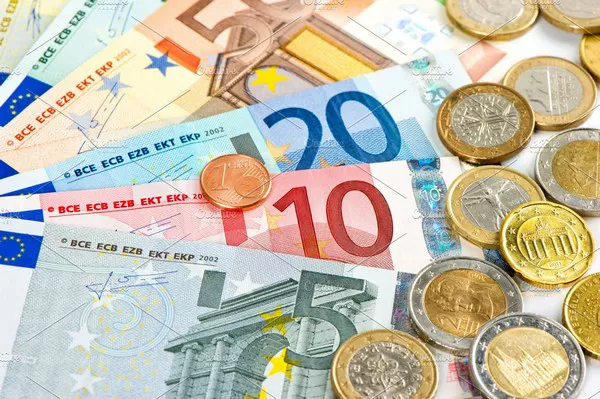The euro, introduced in 1999, has become one of the most significant currencies in the global financial landscape. As the official currency of the Eurozone, it has brought about economic integration and facilitated cross-border transactions among its member states. However, the euro has faced several challenges over the years, including the sovereign debt crisis and Brexit. In this article, we will delve into the future of the euro currency, analyzing the emerging trends, potential challenges, and exploring the opportunities that lie ahead.
Economic Trends and Stability:
Continued Expansion of the Eurozone:
The euro has been successful in attracting new member states over the years, expanding the Eurozone and reinforcing the currency’s global presence. The potential accession of countries like Croatia and Bulgaria could further strengthen the euro’s reach, while also presenting challenges related to economic convergence and integration.
Enhanced Economic Stability Measures:
The euro area has implemented various measures to ensure economic stability, such as the European Stability Mechanism (ESM) and the banking union. These mechanisms provide a safety net during times of crisis and contribute to the long-term stability of the currency. Additionally, further integration in terms of fiscal policy coordination and risk-sharing mechanisms might be explored to enhance stability.
Geopolitical Dynamics and Global Role:
Impact of Brexit:
The withdrawal of the United Kingdom from the European Union has significant implications for the euro. While the eurozone’s cohesion has remained intact, Brexit has raised questions about the future role of the euro as a global reserve currency and its competitiveness vis-à-vis the British pound. However, it also provides an opportunity for the euro to strengthen its position as a leading currency in the European market.
Internationalization of the Euro:
Efforts to internationalize the euro have been ongoing, aiming to challenge the dominance of the US dollar in global trade and finance. The euro’s increasing use in trade settlements and central bank reserves is indicative of its potential to become a more prominent international currency. However, structural reforms, deepening of financial markets, and addressing concerns about economic disparities within the Eurozone are necessary for the euro to attain a truly global status.
Technological Advancements and Digital Currencies:
Rise of Digital Currencies:
The emergence of cryptocurrencies and central bank digital currencies (CBDCs) poses both challenges and opportunities for the euro. While cryptocurrencies like Bitcoin have gained attention, their volatility and regulatory concerns limit their potential as a mainstream currency. However, the development of a digital euro by the European Central Bank (ECB) could enhance the euro’s resilience and facilitate faster and cheaper cross-border transactions.
Embracing Fintech Innovations:
Fintech innovations, such as blockchain technology and mobile payment solutions, have the potential to revolutionize financial systems and reshape the euro’s future. By embracing these innovations, the Eurozone can enhance financial inclusion, improve efficiency, and strengthen the euro’s competitiveness. However, regulatory frameworks must be developed to address potential risks and ensure consumer protection.
Challenges and Reforms:
Economic Disparities and Convergence:
Persistent economic disparities among Eurozone member states pose a challenge to the future of the euro. Addressing these disparities requires closer fiscal coordination, structural reforms, and investment in less-developed regions. Strengthening economic convergence will foster stability and resilience within the Eurozone, ensuring the long-term viability of the euro.
Political and Institutional Challenges:
Political differences and diverging interests among member states present ongoing challenges to the euro. Achieving consensus on critical issues, such as fiscal integration and common policies, requires robust institutional frameworks and effective decision-making mechanisms. Strengthening the Eurozone’s governance structures is crucial to ensure the euro’s stability and effectiveness.
Conclusion:
The future of the euro currency is influenced by various factors, including economic trends, geopolitical dynamics, technological advancements, and political challenges. While the euro has proven resilient in the face of crises, continued efforts are needed to strengthen its global role and address internal disparities. The Eurozone must foster economic stability, embrace digital advancements, and deepen integration to unlock the full potential of the euro. By overcoming challenges and seizing opportunities, the euro can secure its position as a leading global currency in the years to come.


